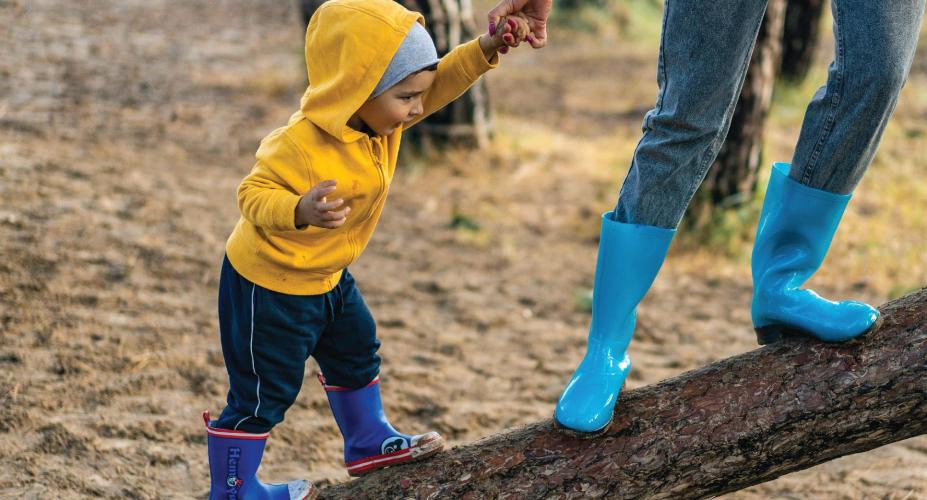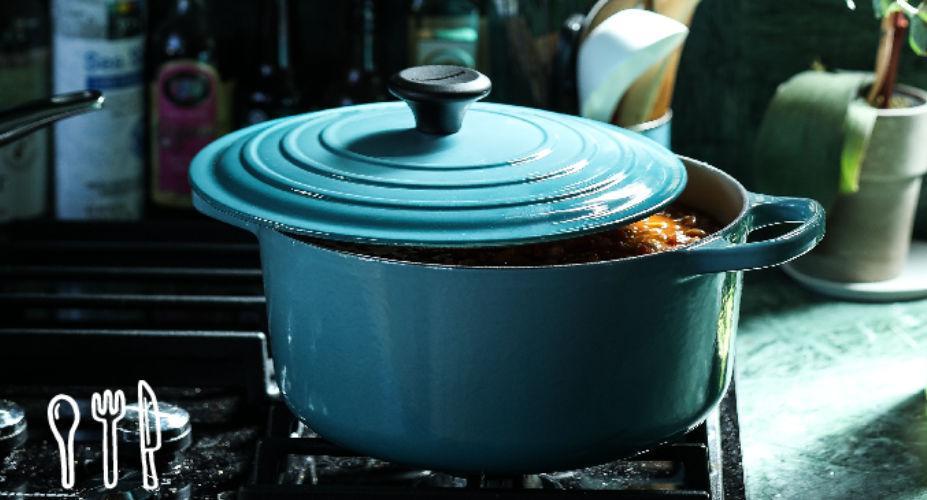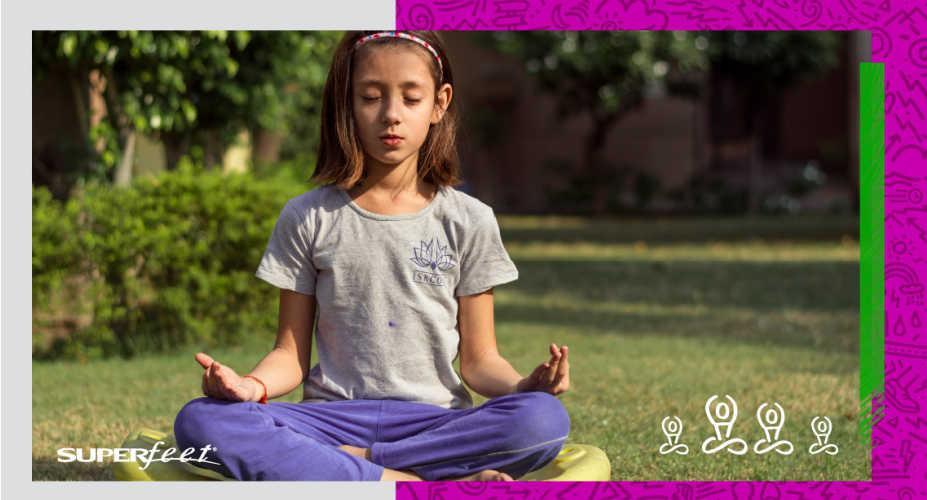
Written By: Paul Langer, DPM — Superfeet Wellness Panel Member. Paul Langer is a sports medicine podiatrist who treats athletes of all abilities at Twin Cities Orthopedics in Minneapolis, Minnesota. He is the author of Great Feet For Life and lectures internationally on the topics of lower extremity health and footwear.
Most children are not good at telling their parents what is or isn’t comfortable when fitting shoes. Plus, children’s feet grow so fast that it can be challenging to keep them in good shoes that fit well for more than a few months at a time.
When it comes to shoes, kids vote with their feet.
If the shoe isn’t comfortable or causes pain, chances are the child won’t wear it. Fortunately, it is not difficult to fit kids for shoes and help them find comfortable shoes if you keep a few concepts in mind.
Purchasing shoes online has become more common. Some industry analyists report that approximately 20% of shoes are now sold online and the trend is growing approximately 1% per year. Many retailers, in order to encourage online purchases, have posted shoe size charts on their websites. These charts give instructions for taking measurements and then converting those measurements to shoe sizes.
While these charts seem helpful, there is simply no substitute for going to a brick-and-mortar store and putting the shoes on the feet, making comparisons between different models and sizes and then selecting based on comfort.
As a podiatrist, I discourage buying any footwear that the child cannot try on first – unless you are buying the exact model and size of a shoe you already own and know to be comfortable. Comfort is, by far, the most important aspect when purchasing shoes. Comfort can best be assessed by trying on multiple pairs of shoes and, after making comparisons, selecting the most comfortable pair. The health benefits of comfortable shoes cannot be overerestimated.
Whether you use a size chart or not, here are some important things to keep in mind when fitting shoes for kids:
- Regardless of the number on the shoe, check fit by first asking your child if the shoe is comfortable. If they say “no” then ask why. If they say “yes” then press on the upper of the shoe to see if there is at least a little bit of toe room at the end of the longest toe (usually 1st or 2nd digits) and then check the width by gently squeezing at the widest part of the foot. Make sure the upper material does not look like it is being stretched such as would happen when a shoe is too narrow. Finally, make sure the toe box shape matches up to your child’s natural foot shape. Shoes that are pointed or have a large taper toward the toe can cause pressure on the toes. Rounder toe boxes are usually better.
- Sizing charts can help determine foot size but be aware: footwear manufacturers do not make shoes that precisely match these charts. At best, the sizes given from these charts are an estimation. There is a lot of variability in the size, shape and volume of shoes. So, even if you have an accurate measurement of the foot, you are still left to try on shoes and may have to go up or down in size based on fit, personal preference and comfort.
- When in doubt err on the larger size. There is no advantage to selecting smaller sizes for kids who are growing. The risk of shoes that are too big are minimal and will decrease as the child grows anyway. Keep in mind that, in general, a full shoe size is only 1/3 of an inch and a half size is 1/6 of an inch. A size of extra length is not likely to cause pain or an injury.
- Kids feet do not grow consistently. They may grow slowly for a period of time and then grow very quickly. Make sure you check the fit of their shoes every 4-8 weeks to make sure they are still fitting well.
- Respect your child’s preferences. Just because you prefer a certain brand or a shoe with a snug instep and memory foam insole does not mean they will too. Emphasize to your child that you want them to select the one that feels the most comfortable to them. Research shows that comfortable shoes reduce the risks of injury, improve balance and delay the onset of fatigue.
- Despite marketing messages, there is not one single brand of shoe that has been proven to be healthier or better for children’s feet. Neither are expensive shoes necessarily better than less expensive shoes. A well-fit shoe, regardless of brand or price, protects the feet and decreases the risk of injury. I’ve had plenty of patients who spent large sums of money on expensive shoes only to find that their favorite shoe was something they found on clearance or at a discount retailer.
- Always replace shoes that have a ripped upper or outsole that is falling off or cannot be laced properly whether the child has outgrown it or not. Damaged shoes are a risk factor for falling and injury.







